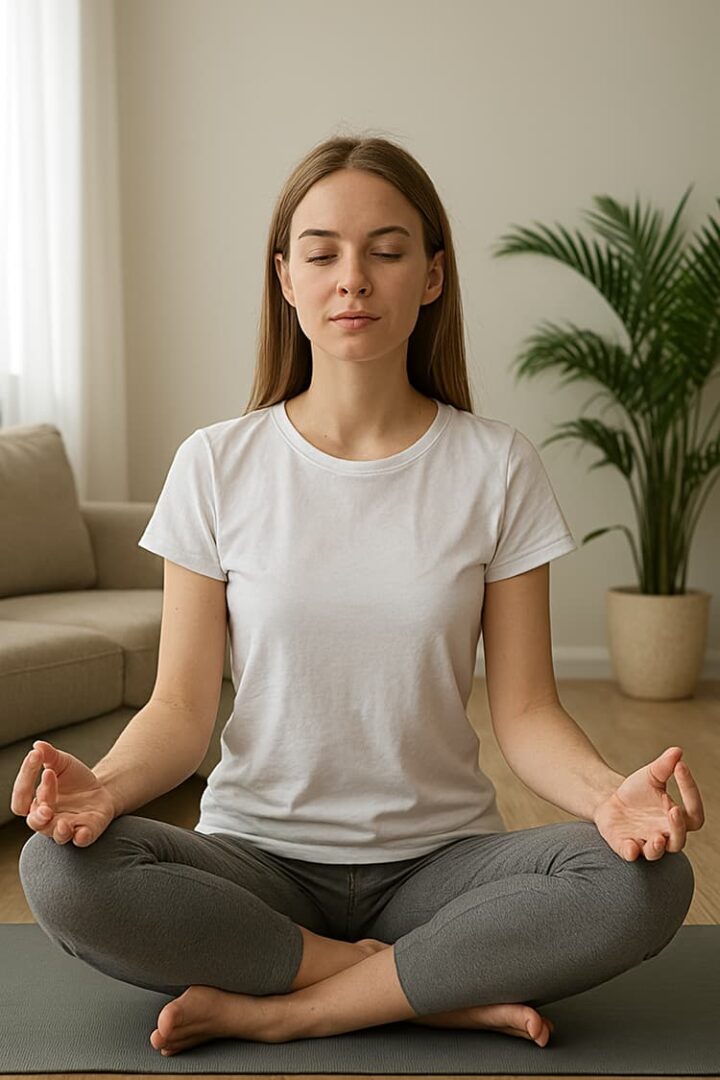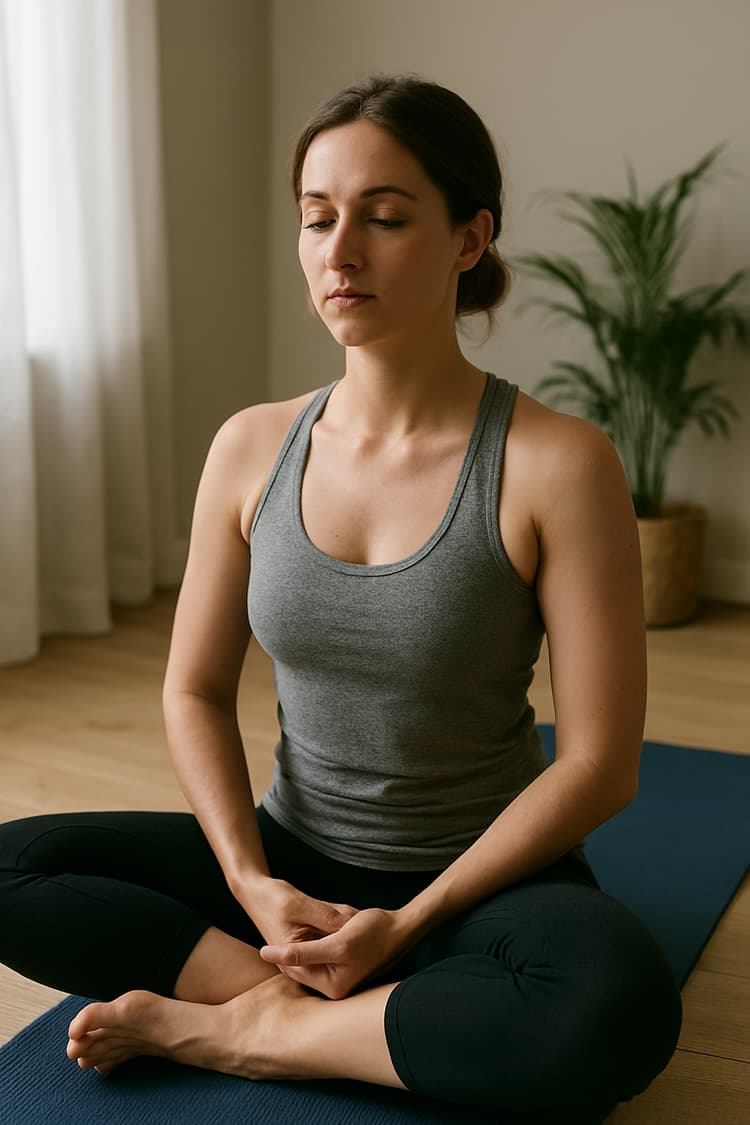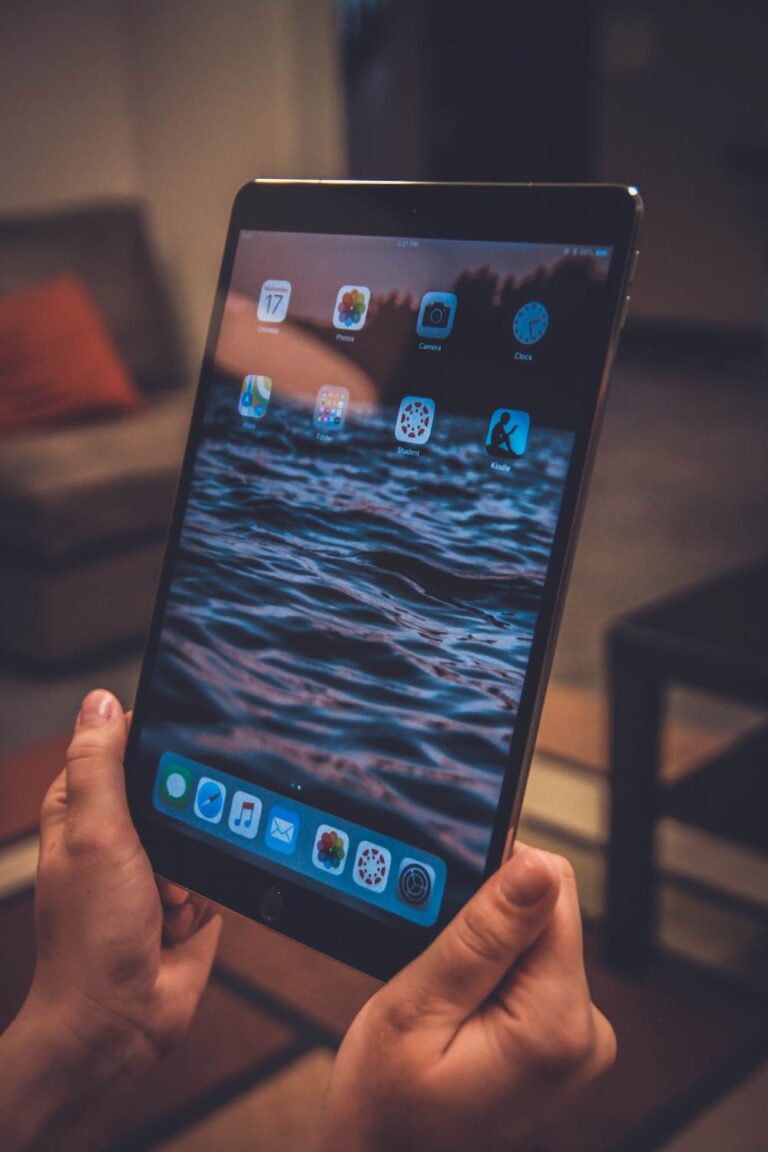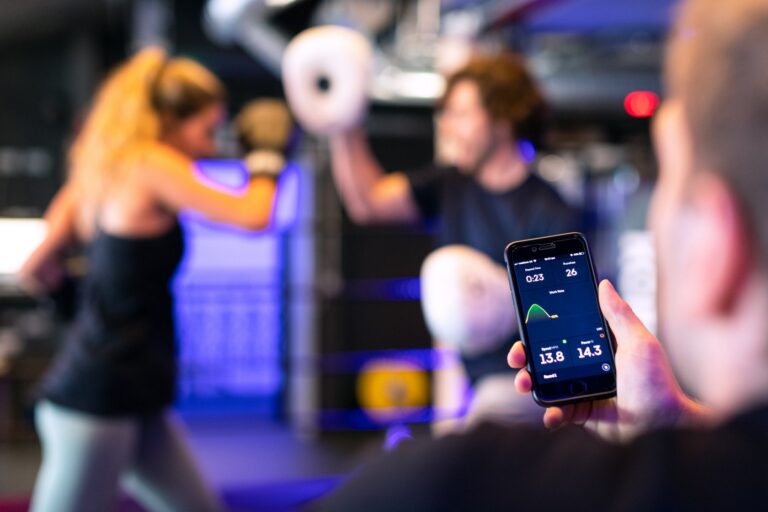Most people hear the word “meditation” and imagine long, silent sessions, closed eyes, and a lot of time sitting still. That can sound nice — but also unrealistic when your day is packed with work, messages, and responsibilities. But the good news is, you don’t need 30 minutes or a mountain retreat to get the benefits of mindfulness. Even short breaks — just a few minutes — can make a big difference in how you feel and focus.
This article explores how and why short mindfulness breaks actually work, how they fit into real life, and what you can do to make the habit stick without feeling overwhelmed or fake.
How a few minutes can calm your nervous system
When you’re constantly multitasking, stressed, or rushing from one thing to the next, your nervous system stays in high-alert mode. You might feel tense, easily distracted, or like you’re running out of steam. That’s because your body hasn’t had a chance to reset.
A short mindfulness break interrupts that pattern. It gives your brain a signal that it’s safe to slow down, even for a moment. You might not notice a huge shift right away, but your breath slows, your heart rate eases, and your mind becomes a little clearer.
Even just two or three minutes of focused breathing, noticing your body, or sitting in silence can help move you from stress mode into a more balanced state. It’s not about doing it perfectly — it’s about giving yourself a small pause.
Why short is sometimes better than long
It’s easy to feel like mindfulness only counts if it’s a full session. But the truth is, short practices are often more helpful for beginners and busy people. You’re more likely to actually do them, and you’re less likely to feel frustrated or checked out.
Long meditations can be useful, especially when you’ve practiced for a while. But if you’re trying to build a new habit, shorter is better. A few minutes is enough to shift your mood, reconnect with your breath, or check in with your body. And when done consistently, these small moments have a real impact over time.
Short practices also reduce the mental barrier to starting. You don’t need to “prepare” or block off part of your day. You can take a mindful break while your coffee brews, while sitting in your car, or before a meeting. That kind of flexibility is key to actually sticking with it.
How to make short mindfulness a part of your day
Building mindfulness into your routine doesn’t mean you need to change your life. It just means you add small pauses into the day you already have. Here are a few easy ways people make it work:
- Right after waking up – Instead of grabbing your phone first thing, take 2 minutes to breathe or stretch mindfully in bed.
- During breaks at work – Step away from your screen, close your eyes, and take a few deep breaths. Even one minute helps.
- Waiting moments – At the grocery line, in traffic, or while something loads — these are all chances to pause and notice your breath.
- Before bed – A few slow breaths or a simple body scan helps let go of the day’s tension.
You don’t need a script or a specific style. Just doing something slow and intentional is enough. Some people find it helpful to have reminders or set small goals like “three mindful minutes per day.” Keep it simple and let it grow naturally.
Mindfulness helps even when things feel messy

One of the best parts about short mindfulness is that it works even when things aren’t perfect. You don’t need silence or a good mood. You can practice when you’re stressed, distracted, or frustrated. In fact, those are the best times to pause.
A short break can give you a little more space between what’s happening and how you react. That’s useful when you’re about to snap, spiral, or shut down. It’s not about avoiding emotions — it’s about noticing them without letting them take over.
People often think they’ve “failed” if their mind wanders or they feel uncomfortable during a mindful pause. But that’s part of the point. Noticing discomfort without rushing to fix it is a sign that the practice is working. You’re learning to be with yourself, one breath at a time.
You don’t need to be a “mindfulness person” to benefit
There’s a lot of talk about mindfulness that sounds polished, trendy, or unrealistic. But real-life mindfulness doesn’t need a yoga mat, special clothes, or fancy words. It’s just the practice of showing up, paying attention, and giving yourself a break.
You don’t have to be calm or spiritual. You don’t need to love meditation or even be good at it. You just need to be open to trying — even for a minute at a time.
Whether you’re a student, parent, remote worker, or just someone trying to survive a tough season, short mindfulness breaks can help. They don’t fix everything, but they can give you more space to breathe, notice what matters, and carry on with a little more ease.
Conclusion
Mindfulness doesn’t need to be long or perfect to be useful. In fact, the short, simple breaks might be the most powerful ones — because they fit into real life. They help interrupt stress, clear your mind, and remind you that you don’t have to be in go-mode all the time.
A few minutes of stillness can make the rest of your day feel more manageable. You don’t need more time. You just need a pause.









